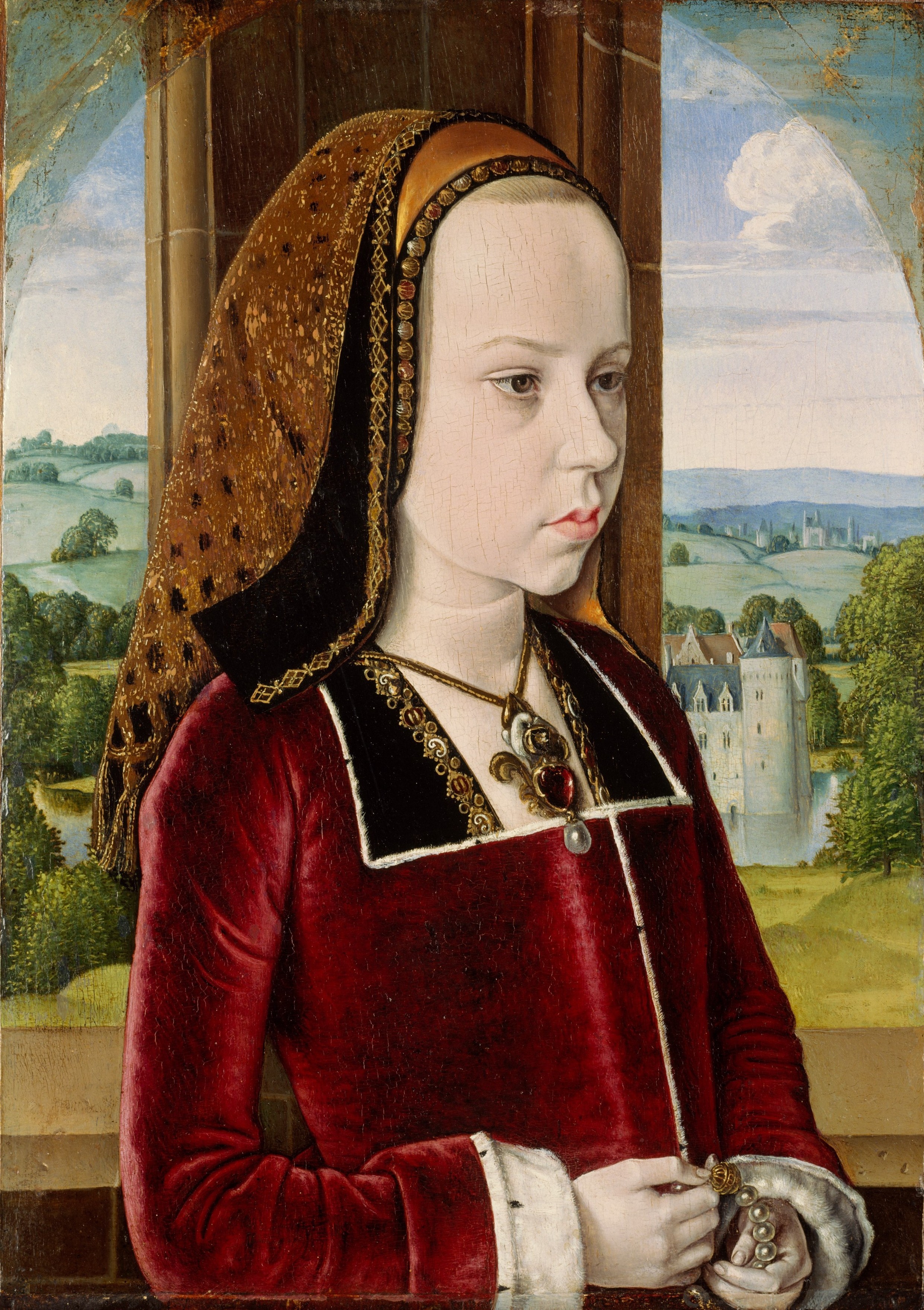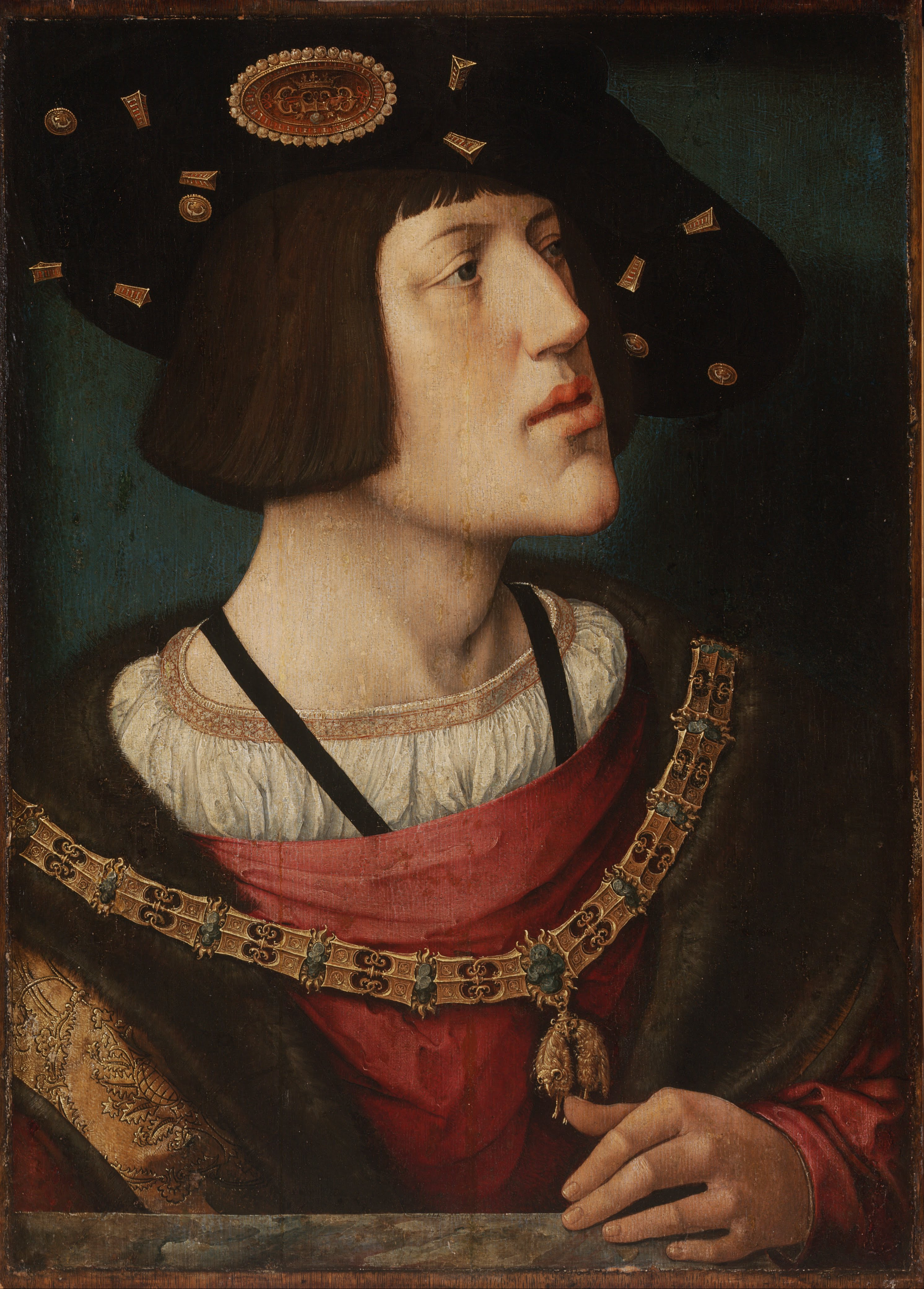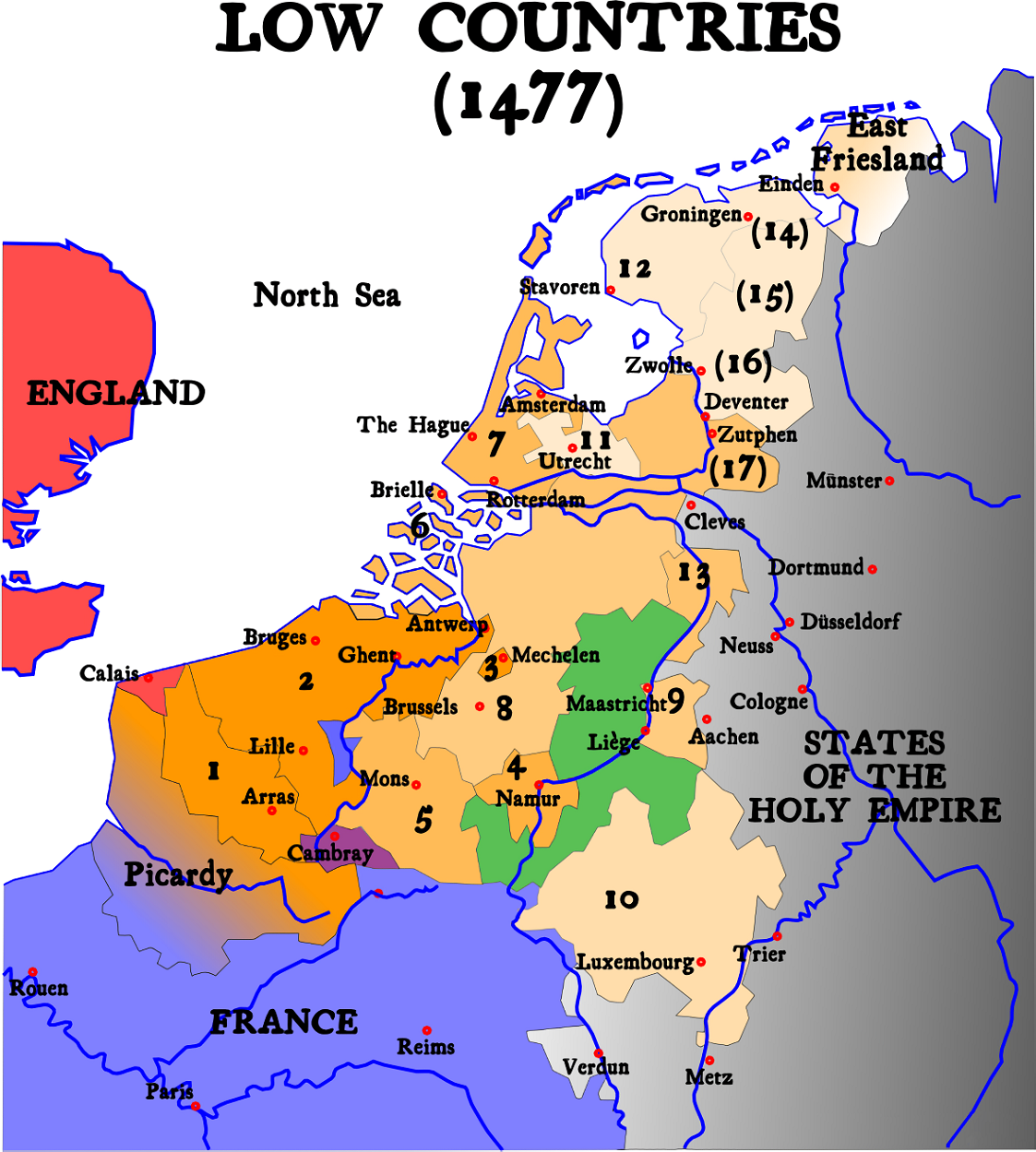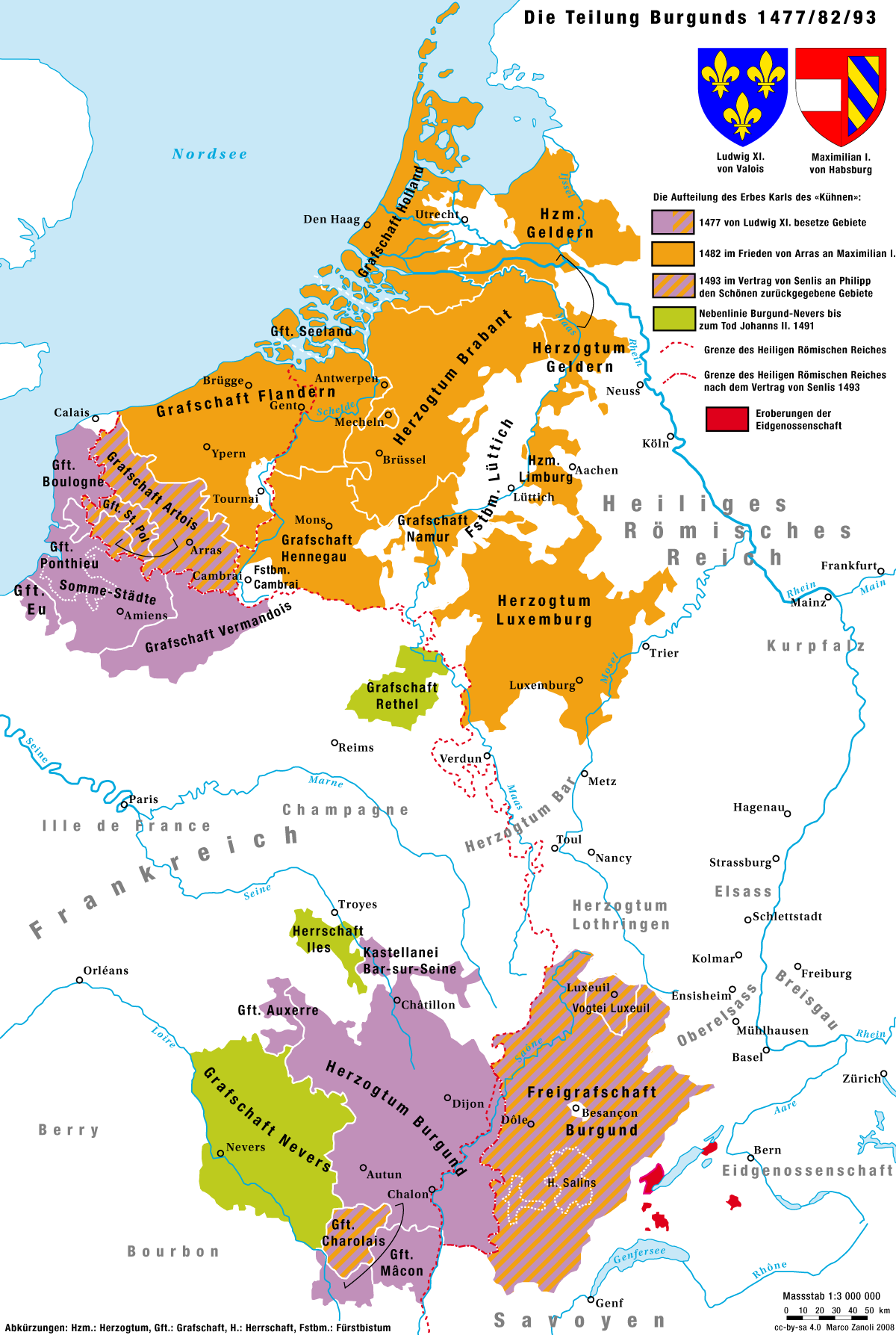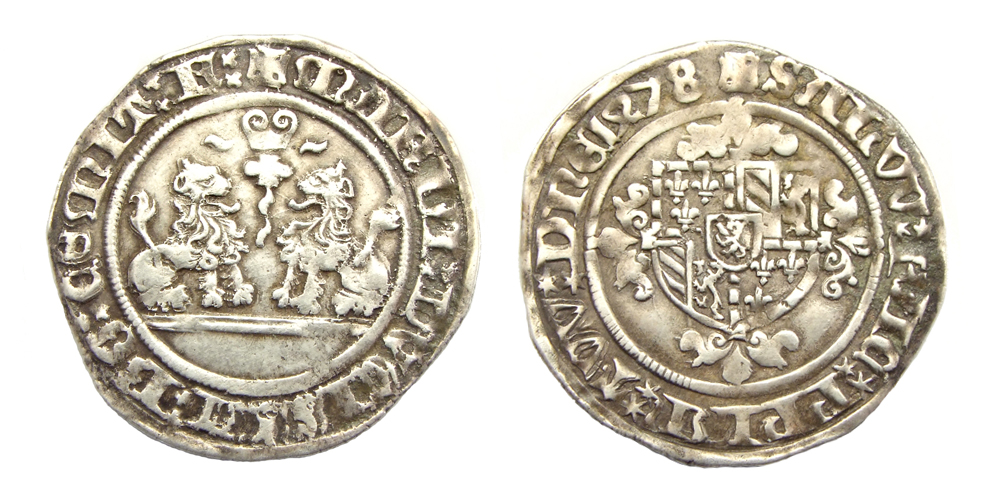|
Archduchess Margaret Of Austria
Margaret of Austria (; ; ; ; 10 January 1480 – 1 December 1530) was Governor of the Habsburg Netherlands from 1507 to 1515 and again from 1519 until her death in 1530. She was the first of many female regents in the Netherlands. She was variously the Princess of Asturias, Duchess of Savoy, and was born an Archduchess of Austria. Her life until her mid-twenties was dominated by her importance in political marriages, and the early death of many of her close family. She was engaged for three marriage alliances, and completed two, but both husbands died within a few years: six months in 1497 in the case of John, Prince of Asturias, and three years with Philibert II, Duke of Savoy, from 1501. Her mother had died when she was two, and her only brother in 1506. Thereafter she made a success, according to most historians, of the highly important role of regent or governor of the Habsburg Netherlands, for firstly her father Maximilian I, Holy Roman Emperor, then her nephew Char ... [...More Info...] [...Related Items...] OR: [Wikipedia] [Google] [Baidu] |
Bernard Van Orley
Bernard van Orley (between 1487 and 1491 – 6 January 1541), also called Barend or Barent van Orley, Bernaert van Orley or Barend van Brussel, was a versatile Flemish artist and representative of Dutch and Flemish Renaissance painting, who was equally active as a designer of tapestries and, at the end of his life, stained glass. Although he never visited Italy, he belongs to the group of Italianizing Flemish painters called the Romanists, who were influenced by Italian Renaissance painting, in his case especially by Raphael. He was born and died in Brussels and "served as a sort of commissioner of the arts for the Brussels town council". He was the court artist of the Habsburg rulers. He was extremely productive, concentrating on the design of his works, and leaving their execution largely to others, in the case of painting, and entirely so, in the case of the tapestries and stained glass. This he may have learned from Raphael, whose workshop in Rome was unprecedentedly la ... [...More Info...] [...Related Items...] OR: [Wikipedia] [Google] [Baidu] |
Habsburg Netherlands
Habsburg Netherlands were the parts of the Low Countries that were ruled by sovereigns of the Holy Roman Empire's House of Habsburg. This rule began in 1482 and ended for the Northern Netherlands in 1581 and for the Southern Netherlands in 1797. The rule began with the death in 1482 of Mary of Burgundy of the House of Valois-Burgundy who was the ruler of the Low Countries and the wife of Holy Roman Emperor Maximilian I of Austria. Their grandson, Emperor Charles V, was born in the Habsburg Netherlands and made Brussels one of his capitals. Becoming known as the Seventeen Provinces in 1549, they were held by the Spanish branch of the Habsburgs from 1556, known as the Spanish Netherlands from that time on. In 1581, in the midst of the Dutch Revolt, the Seven United Provinces seceded from the rest of this territory to form the Dutch Republic. The remaining Spanish Southern Netherlands became the Austrian Netherlands in 1714, after Austrian acquisition under the Treaty of Rastatt. ... [...More Info...] [...Related Items...] OR: [Wikipedia] [Google] [Baidu] |
County Of Burgundy
The Free County of Burgundy (; ) was a medieval and early modern feudal polity ruled by a count from 982 to 1678. It became known as Franche-Comté (the ''Free County''), and was located in the modern region of Franche-Comté. It belonged to the wider historical region of Upper Burgundy, and bordered the Duchy of Burgundy to the west. Its territory had initially been part of the Kingdom of Upper Burgundy (888–933), and then the united Kingdom of Burgundy, later known as the Kingdom of Arles. The county was formed in 982 by count Otto-William, encompassing his domains in northern parts of the Burgundian realm. In 1032, the Kingdom of Arles was inherited by Conrad II, Holy Roman Emperor, who incorporated the Kingdom, including the County of Burgundy, into the Holy Roman Empire (HRE). As a state of the HRE, the county was granted a high degree of autonomy. The largest city, Besançon, was granted the status of free imperial city. The rest of the county was given imperial i ... [...More Info...] [...Related Items...] OR: [Wikipedia] [Google] [Baidu] |
Charles VIII Of France
Charles VIII, called the Affable (; 30 June 1470 – 7 April 1498), was King of France from 1483 to his death in 1498. He succeeded his father Louis XI at the age of 13. His elder sister Anne acted as regent jointly with her husband Peter II, Duke of Bourbon until 1491, when the young king turned 21 years of age. During Anne's regency, the great lords rebelled against royal centralisation efforts in a conflict known as the Mad War (1485–1488), which resulted in a victory for the royal government. In a remarkable stroke of audacity, Charles married Anne of Brittany in 1491 after she had already been married by proxy to the Habsburg Holy Roman Emperor Maximilian I in a ceremony of questionable validity. Preoccupied by the problematic succession in the Kingdom of Hungary, Maximilian failed to press his claim. Upon his marriage, Charles became administrator of Brittany and established a personal union that enabled France to avoid total encirclement by Habsburg territories. To se ... [...More Info...] [...Related Items...] OR: [Wikipedia] [Google] [Baidu] |
Treaty Of Arras (1482)
The Treaty of Arras was concluded at Arras on 23 December 1482, between King Louis XI of France and Archduke Maximilian I of Austria, thus ending the first phase of the War of the Burgundian Succession, that broke out in 1477 over the Burgundian inheritance, a collection of Valois-Burgundy domains that included the Burgundian Netherlands and several other possessions of the House of Valois-Burgundy. Context The dukes from the House of Valois-Burgundy, a cadet branch of the French royal House of Valois, had ruled over a significant amount of territories on both sides of the border between the Kingdom of France and the Holy Roman Empire. When the last Burgundian duke Charles the Bold died at the Battle of Nancy on 5 January 1477, leaving no sons, his daughter Mary of Burgundy claimed all of her fathers lands. That was opposed by the French king, who decided to take possession over those domains of the late Duke that belonged to the French realm, including: Duchy of Burgundy ... [...More Info...] [...Related Items...] OR: [Wikipedia] [Google] [Baidu] |
Louis XI
Louis XI (3 July 1423 – 30 August 1483), called "Louis the Prudent" (), was King of France from 1461 to 1483. He succeeded his father, Charles VII. Louis entered into open rebellion against his father in a short-lived revolt known as the Praguerie in 1440. The king forgave his rebellious vassals, including Louis, to whom he entrusted the management of the Dauphiné, then a province in southeastern France. Louis's ceaseless intrigues, however, led his father to banish him from court. From the Dauphiné, Louis led his own political establishment and married Charlotte of Savoy, daughter of Louis, Duke of Savoy, against the will of his father. Charles VII sent an army to compel his son to his will, but Louis fled to Burgundy, where he was hosted by Philip the Good, the Duke of Burgundy, Charles's greatest enemy. When Charles VII died in 1461, Louis left the Burgundian court to take possession of his kingdom. His taste for intrigue and his intense diplomatic activity earned ... [...More Info...] [...Related Items...] OR: [Wikipedia] [Google] [Baidu] |
Master Of Moulins 004
Master, master's or masters may refer to: Ranks or titles In education: *Master (college), head of a college *Master's degree, a postgraduate or sometimes undergraduate degree in the specified discipline *Schoolmaster or master, presiding officer of a school In military: *Master (naval), a former naval rank *Master mariner, a licensed mariner who is qualified to be a sea captain in the merchant marine *Master or shipmaster, the sea captain of a merchant vessel * Master-at-arms, a naval police officer, often addressed as "Master" in the Royal Navy In orders and organizations: *Master craftsman, in the Medieval guilds In other: *Master (form of address), an English honorific for boys and young men *Master (judiciary), a judicial official in the courts of common law jurisdictions *Master (Peerage of Scotland), the male heir-apparent or heir-presumptive to a title in the Peerage of Scotland * Master of ceremonies, or MC (emcee), the host of an official public or private staged even ... [...More Info...] [...Related Items...] OR: [Wikipedia] [Google] [Baidu] |
Philip I Of Castile
Philip the Handsome (22 June/July 1478 – 25 September 1506), also called the Fair, was ruler of the Burgundian Netherlands and titular Duke of Burgundy from 1482 to 1506, as well as the first Habsburg King of Castile (as Philip I) for a brief time in 1506. The son of Maximilian of Austria (later Holy Roman Emperor as Maximilian I) and Mary of Burgundy, Philip was not yet four years old when his mother died as a result of a riding accident, and upon her death, he inherited the Burgundian Netherlands. Despite his young age, Philip quickly proved himself an effective ruler beloved by his people in the Low Countries, pursuing policies that favored peace and economic development, while maintaining a steady course of the government building. In 1496, Philip's father arranged for him to marry Joanna, the second daughter of Queen Isabella I of Castile and King Ferdinand II of Aragon. Around the same time, Philip's sister, Margaret, was given in marriage to Joanna's brother John, ... [...More Info...] [...Related Items...] OR: [Wikipedia] [Google] [Baidu] |
Frederick III, Holy Roman Emperor
Frederick III (German language, German: ''Friedrich III,'' 21 September 1415 – 19 August 1493) was Holy Roman Emperor from 1452 until his death in 1493. He was the penultimate emperor to be Coronation of the Holy Roman Emperor, crowned by the pope, and the last to be crowned in Rome. He was the fourth King of the Romans and the first Holy Roman Emperor from the House of Habsburg, which was to retain the title with one gap until it was declared at an end by Francis II, Holy Roman Emperor, Emperor Francis II, in 1806. Prior to his imperial coronation, he was duke of the Inner Austrian lands of Duchy of Styria, Styria, Duchy of Carinthia, Carinthia and Duchy of Carniola, Carniola from 1424, and also acted as regent over the Duchy of Austria from 1439. He was imperial election of 1440, elected and crowned King of Germany in 1440. His reign of 53 years is the longest in the history of the Holy Roman Empire or the German monarchy. Upon his death in 1493 he was succeeded by his son Max ... [...More Info...] [...Related Items...] OR: [Wikipedia] [Google] [Baidu] |
Low Countries
The Low Countries (; ), historically also known as the Netherlands (), is a coastal lowland region in Northwestern Europe forming the lower Drainage basin, basin of the Rhine–Meuse–Scheldt delta and consisting today of the three modern "Benelux" countries: Belgium, Luxembourg, and the Netherlands (, which is singular). Geographically and historically, the area can also include parts of France (such as Nord (French department), Nord and Pas-de-Calais) and the Germany, German regions of East Frisia, Geldern, Guelders and Cleves. During the Middle Ages, the Low Countries were divided into numerous semi-independent principalities. Historically, the regions without access to the sea linked themselves politically and economically to those with access to form various unions of ports and hinterland, stretching inland as far as parts of the German Rhineland. Because of this, nowadays not only physically low-altitude areas, but also some hilly or elevated regions are considered part of ... [...More Info...] [...Related Items...] OR: [Wikipedia] [Google] [Baidu] |
Mary Of Burgundy
Mary of Burgundy (; ; 13 February 1457 – 27 March 1482), nicknamed the Rich, was a member of the House of Valois-Burgundy who ruled the Burgundian lands, comprising the Duchy of Burgundy, Duchy and Free County of Burgundy, County of Burgundy and the Burgundian Netherlands, from 1477 to her death. As the only child of Charles the Bold, Duke of Burgundy, and his wife Isabella of Bourbon, Mary inherited the Burgundian lands at the age of 19 upon the death of her father in the Battle of Nancy on 5 January 1477. In order to counter the appetite of the French king Louis XI for her lands, she married Maximilian I, Holy Roman Emperor, Maximilian of Austria, with whom she had two children. The marriage kept large parts of the Burgundian lands from disintegration, but also changed the dynasty from Valois to Habsburg (the Duchy of Burgundy itself soon became a French possession). This was a turning point in European politics, leading to a French–Habsburg rivalry that would endure for c ... [...More Info...] [...Related Items...] OR: [Wikipedia] [Google] [Baidu] |
Margaret Of York
Margaret of York (3 May 1446 – 23 November 1503), also known as Margaret of Burgundy, was Duchess of Burgundy from 1468 to 1477 as the third wife of Charles the Bold, and after his death (1477) acted as a protector of the Burgundian State. She was a daughter of Richard, 3rd Duke of York, and of Cecily Neville, and the sister of two kings of England, Edward IV and Richard III. Born at Fotheringhay Castle, Northamptonshire, in the Kingdom of England, she died at Mechelen in the Low Countries. Early life Duchess Isabella of Burgundy, the mother of Charles the Bold, was, through her blood ties and her perception of Burgundian interests, pro-English. As a granddaughter of John of Gaunt, she was consequently sympathetic to the House of Lancaster. She believed that Burgundian trade, from which the Burgundian State drew its vast wealth, depended upon friendly relations with England. For this reason she was prepared to favour any English faction which was willing to favour Bu ... [...More Info...] [...Related Items...] OR: [Wikipedia] [Google] [Baidu] |
